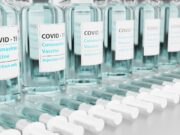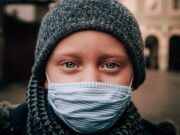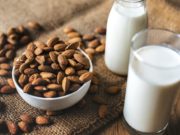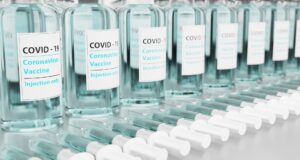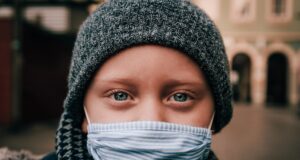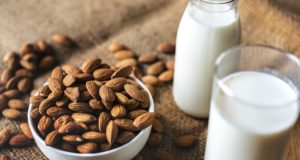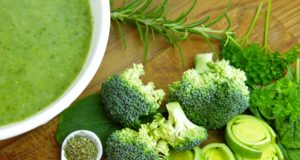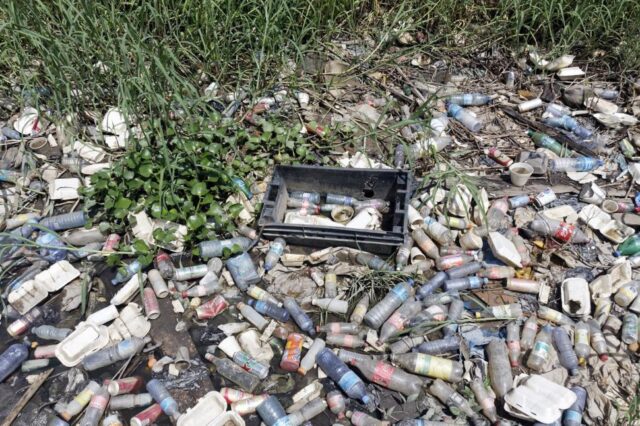Some social issues that are so significant for consequences to our health. A prime example is the scourge plastics that are now rapidly afflicting and overtaking our world.
- We actually produce 300 tons of plastics a year.
- Most of this ends up in our oceans as the leaching effect is horrendous.
- Landfills will eventually shed, and industrially the destination ultimately is the ocean.
- But ultimately it is the microplastics that are so dangerous. Not only to the fish that eat them but ultimately to our human health.
- Right now mussels have plastic in their tissues and CT scans have confirmed this in Belgium.
- Marine animals die eating plastics and also become entangled and die.
Documentary from Sky News, “A Plastic Tide,” underlines the urgent problem of plastic pollution. I have put this documentary at the bottom.
The major problem is single-use plastic bottles and bags, food packaging, fishing nets and biosolids. All are turning the world’s oceans, seas and beaches into tragic wastelands.
Microplastics from artificial clothing fibers and microbeads in personal care products add to the devastation.
In my opinion, the clothing industry is a major culprit but we all put our head in the ‘plastic ridden sand’!
As Dr. Mercola, who I respect for his social determination, says:
Plastic is everywhere. Bottled water, grocery bags, shower curtains, garbage can liners and kitchen utensils are just a few
Our throwaway mentality, bred and fed by the mass production of plastics, has created a pollution problem that now threatens the very future of humanity.
It threatens fish, birds and water supplies, including still-pristine areas completely free from industrialization.
Biosolids spread on cropland increase the problem as they too contain microplastics.
Once called “sewage sludge,” biosolids are widely used as “natural fertilizer” in the U.S. and other countries.
In addition to plastics, biosolids contain PCBs, dioxins, pharmaceuticals, hormones, surfactants, heavy metals and disease-causing pathogens.
The documentary that I’ve posted below, is chilling. It traverses the globe and the horror of plastic waste from toilets is so evident from an example of the tons of it mired under the Thames. All this of course inevitably destined to our oceans.
“The ocean where life on Earth began is being turned into a synthetic soup” — so begins this Sky News documentary, “A Plastic Tide,”
“We are sleepwalking into a catastrophe,” says Moore the science correspondent narrator
Shah and Moore agree that Mumbai beach is more than a dumpsite, as they wade through the plastic waste and wearing yellow protective gloves. “This isn’t litter dropped on the beach; it’s come from the sea,” says Moore.
Shah, says the documentary started the “world’s biggest beach clean” with 4,000 tons of trash cleared.
Plastic in and of itself is not the enemy, says Richard Thompson, a professor and marine biologist at the University of Plymouth in Plymouth, England.
The problem is single-use plastics, which constitute 40% of the plastics produced. We have been trained to think of plastic as “throwaway and valueless” he says.
By 2050, the plastic in the sea could weigh more than all the fish, states Moore in this grim documentary.
Now or Never: Plastic Tide Catastrophe







